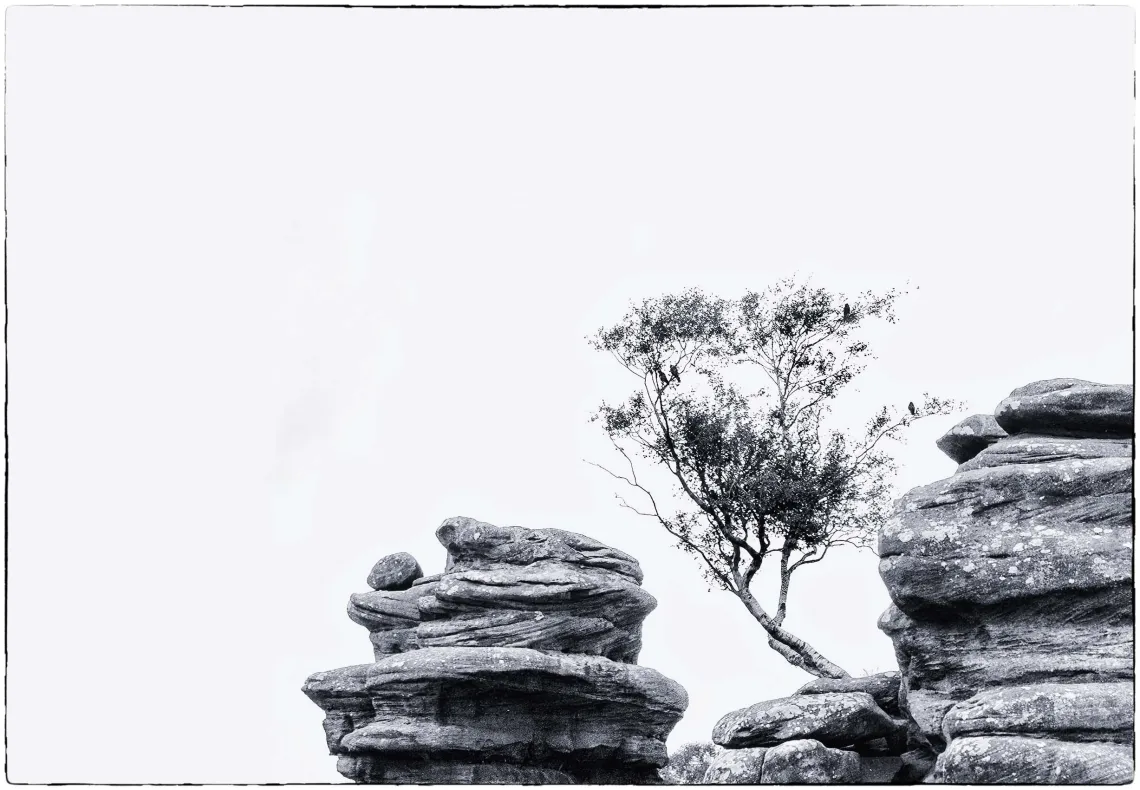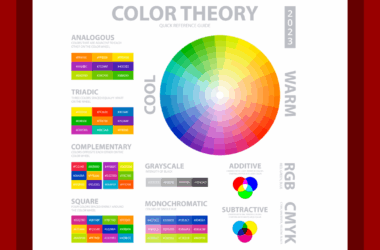In an age of sensory overload, minimalism in photography offers a refreshing antidote—an invitation to slow down, simplify, and see the world with greater clarity. It’s not just about taking pictures with fewer elements; it’s about crafting meaning through simplicity. Minimalist photography speaks volumes by saying very little, guiding the viewer’s focus and evoking emotion through negative space, clean lines, and quiet composition.
So what exactly makes minimalism such a powerful approach in photography?
The Essence of Minimalism
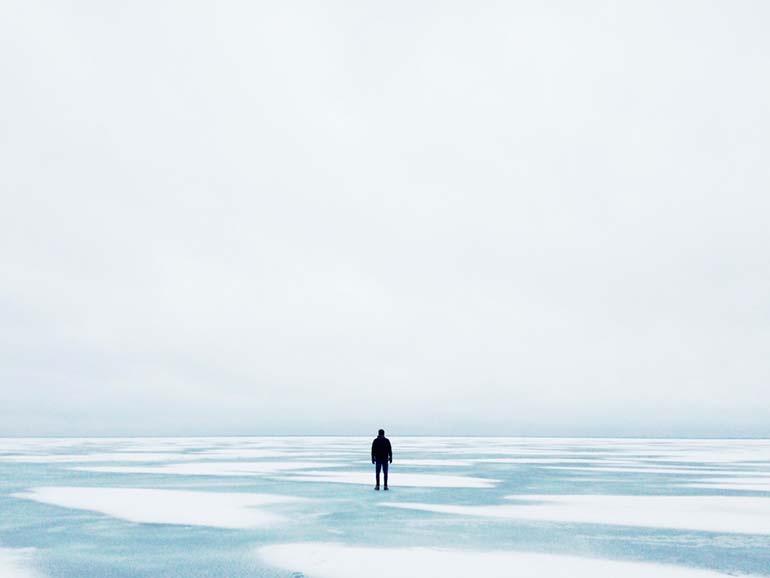
At its core, minimalism is about intentionality. Every element in a minimalist photograph is there for a reason. There’s no clutter, no distractions—just a clear visual message. The goal isn’t to strip away meaning, but to distill it.
In minimalist photography, less becomes more:
- One subject, carefully isolated.
- One color, dominating the scene.
- One shape, repeated or centered.
The result is often striking, even poetic. Minimalist images allow space for interpretation and emotional connection, where the absence of noise becomes a canvas for deeper meaning.
Composition: The Power of Space
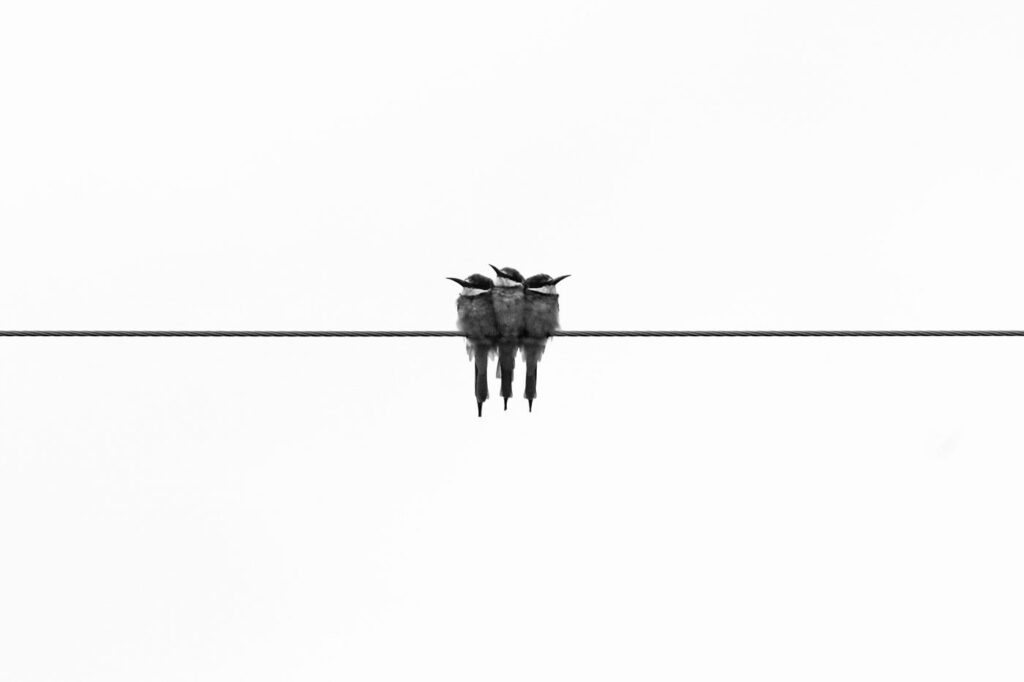
Negative space—the empty or “blank” areas in a photo—is a hallmark of minimalist composition. It creates balance, draws attention to the subject, and gives the image breathing room. Far from being empty, negative space emphasizes what’s present by contrasting with what’s not.
Consider a lone tree against a snowy field, or a single bird on a wire. These images may feel sparse, but their emotional impact is amplified by the isolation and simplicity.
Tips for using negative space effectively:
- Leave generous margins around your subject.
- Use backgrounds that are plain (sky, wall, water).
- Shoot with a wide aperture or telephoto lens to create depth and separation.
Light, Color, and Contrast
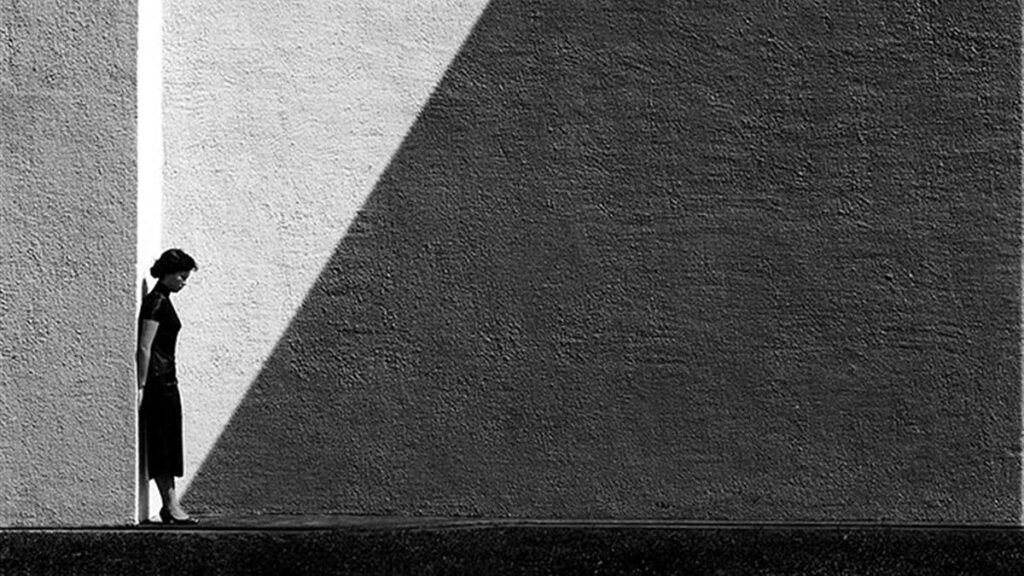
Minimalist photography often relies on light and contrast to give form and emotion to the scene. A strong shadow, a single beam of light, or a muted color palette can transform an ordinary subject into something visually compelling.
Monochrome (especially black and white) is a common choice for minimalist work, stripping images down to their essential shapes and tones. But minimalism doesn’t mean avoiding color—on the contrary, a single bold color against a neutral background can create a powerful focal point.
Examples:
- A red umbrella in a gray cityscape
- A yellow flower on white linen
- A silhouette framed by a bright sky
Choosing the Right Subject
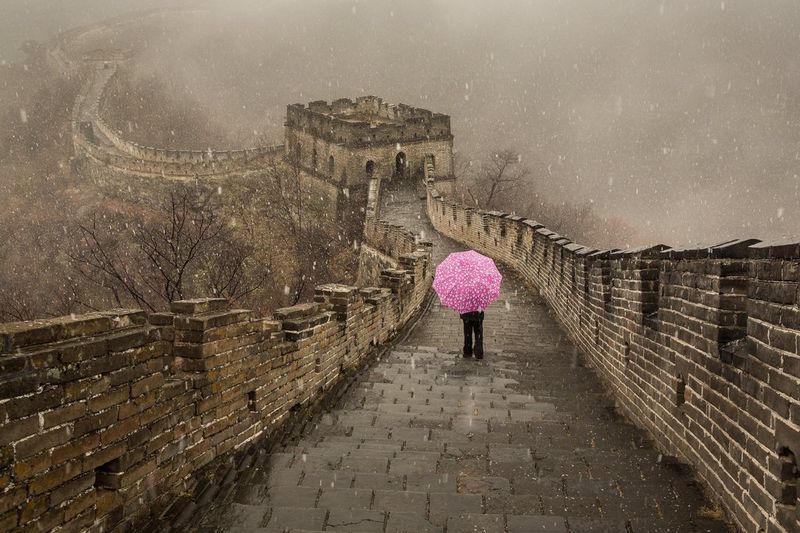
Not every subject suits the minimalist approach. The key is to look for clarity, contrast, and shape. Minimalism thrives on strong outlines and simple forms—architecture, nature, shadows, and everyday objects all offer fertile ground.
Minimalist-friendly subjects include:
- Isolated figures or silhouettes
- Repetitive patterns or geometry
- Clean landscapes or seascapes
- Objects with symbolic weight (a single chair, a closed door)
The challenge—and the beauty—of minimalist photography is learning to see simplicity in a complex world. Often, it’s less about what you photograph, and more about how you frame it.
Mindset Over Gear
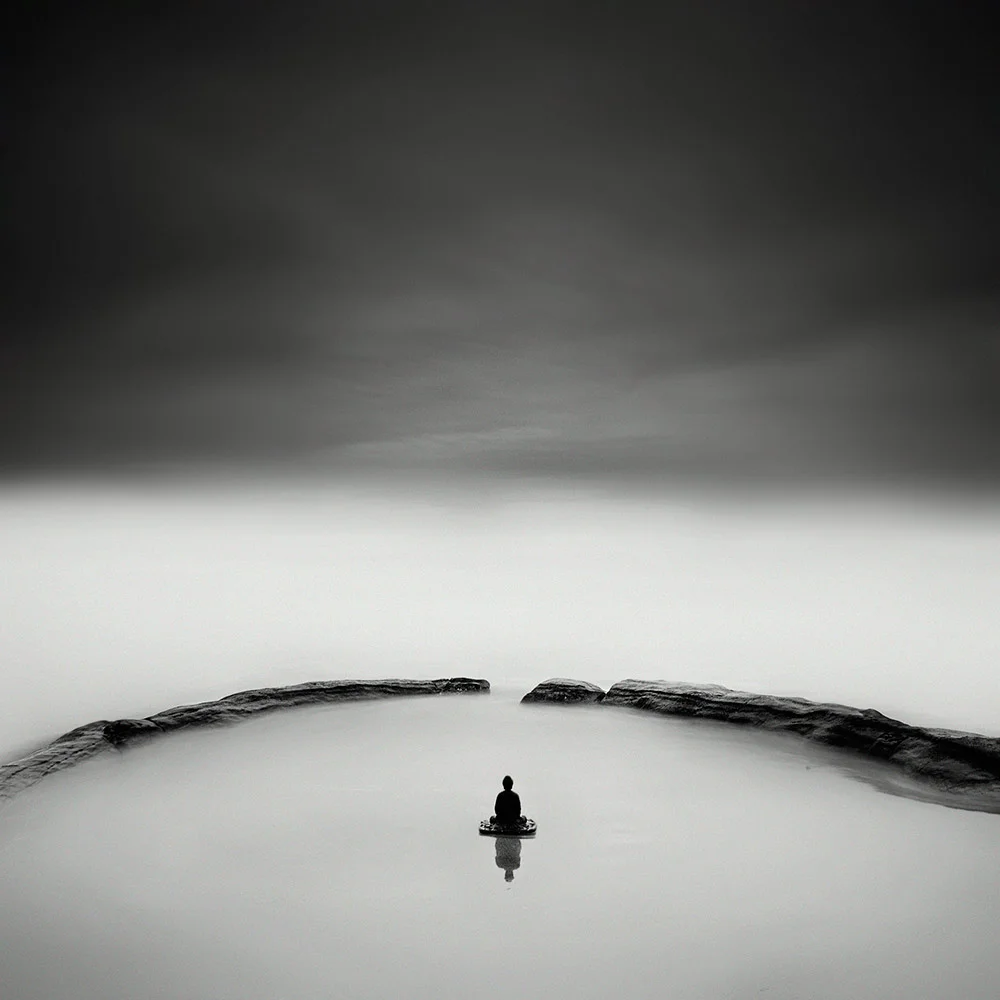
One of the best aspects of minimalist photography is that it’s not equipment-dependent. You don’t need a studio or expensive gear—just a discerning eye and a thoughtful approach.
Minimalism encourages a mindful mindset:
- Slow down and observe.
- Ask what you want the image to say.
- Remove everything that doesn’t contribute to that message.
This philosophy can improve your overall photography by sharpening your sense of composition, purpose, and storytelling.
When Less Is More: Emotional Impact
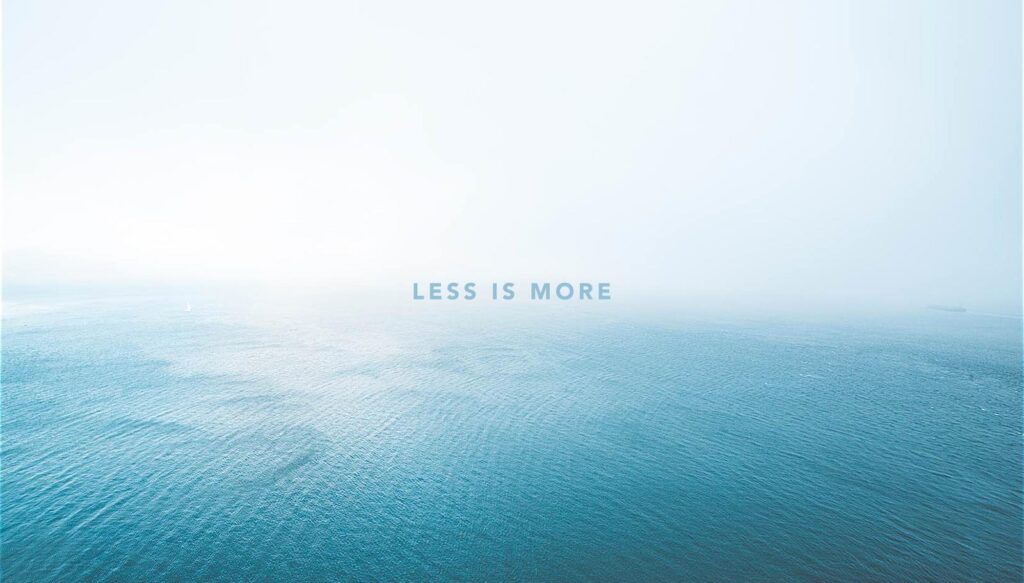
Minimalist images are often quiet, but their emotional resonance can be profound. Emptiness can evoke loneliness or peace. A single figure can express strength or vulnerability. Minimalism invites viewers to project their own thoughts and feelings into the scene, making the photograph a mirror as much as a window.
In a busy visual culture, these moments of stillness stand out. They don’t compete—they invite.
Final Thoughts
Minimalism in photography isn’t just a style—it’s a perspective. It challenges photographers to look deeper, shoot with intention, and embrace the beauty of restraint. When done well, minimalist photos aren’t empty; they’re eloquent.
In the words of Leonardo da Vinci, “Simplicity is the ultimate sophistication.”
Through minimalism, photographers can say more by showing less—and connect with viewers on a deeper, more human level.


